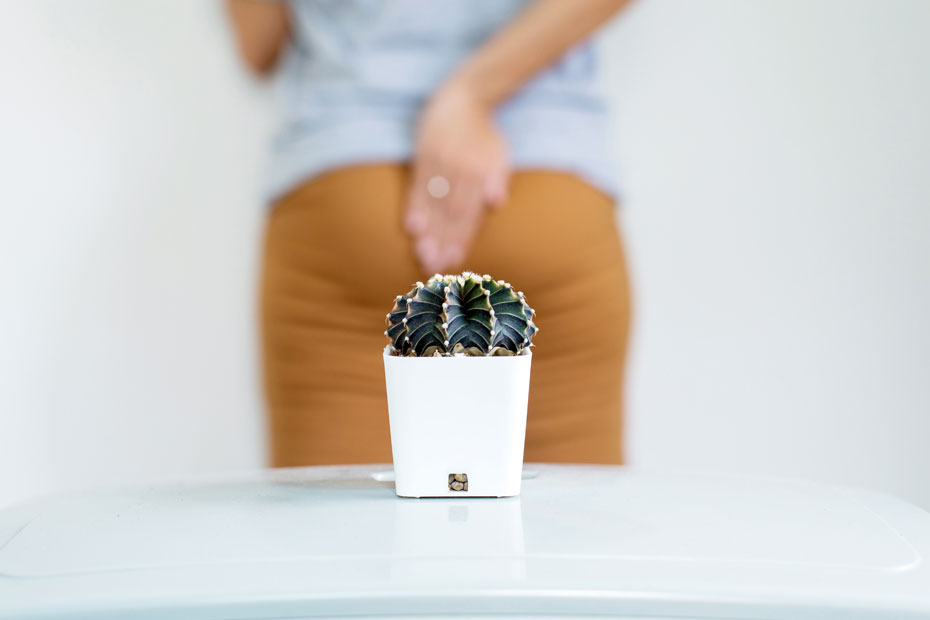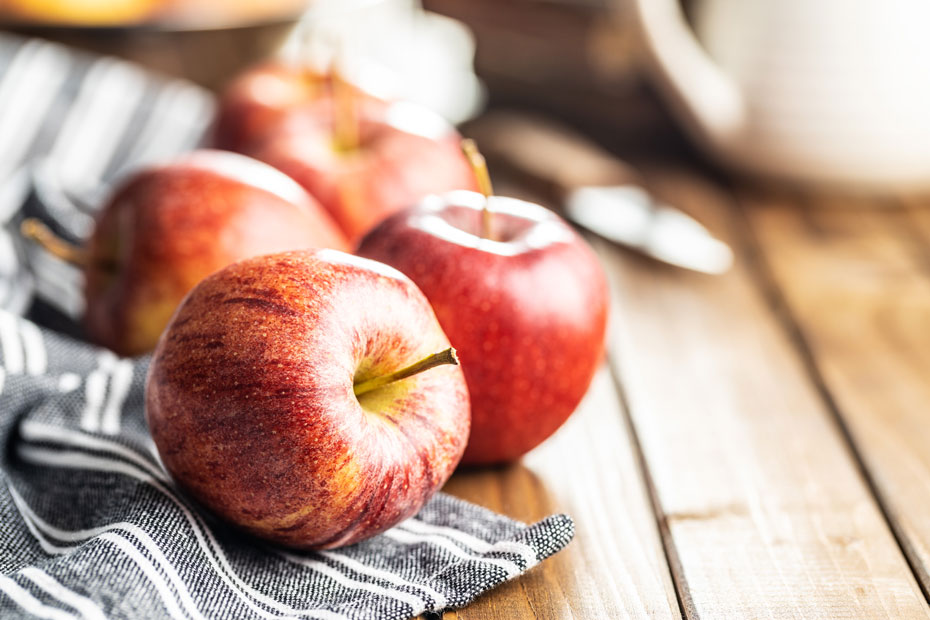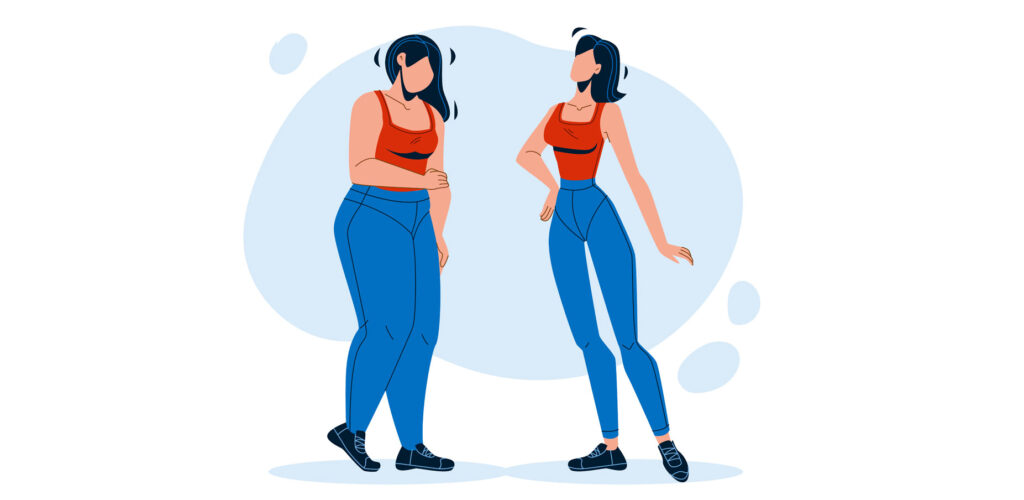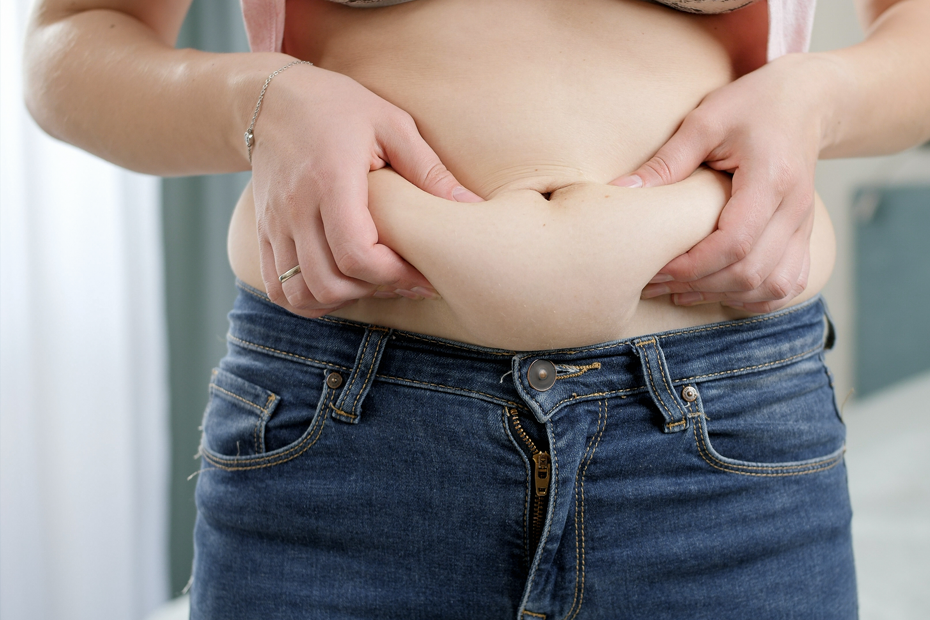
Hemorrhoids, causes, symptoms and treatment
25 February 2022
Where does the apple come from and what are its benefits?
18 April 2022Blemishes that often settle on the body are very bothersome for most people. They cause a lack of self-confidence and most often affect our well-being. This is the case, for example, of the very dreaded cellulite of all. But how can we explain their appearance? What are their symptoms and causes? How can we treat them? The answer to these questions is in this article.
What is cellulite?
Also called orange peel skin or cellulite, cellulite is due to an internal change noticed in the fatty tissues located under the epidermis. There is no target for cellulite. Indeed, contrary to what we often hear, cellulite can affect anyone, small or tall, thin or fat. It is indeed falsely widespread that it attacks overweight people. However, there are people who are more at risk.
According to the opinion of doctors, cellulite generally affects women and is a normal physiological phenomenon. Nearly 9 out of 10 women are affected by cellulite due to the sensitivity of their skin. Indeed, the number of fat cells in women is much higher than that of men.
In addition, women’s skin has a finer appearance. As far as their hormonal profile is concerned, it is extremely different compared to men. This causes water retention and an increase in fatty deposits.
What are the types of cellulite?
1 – Adipose cellulite
Adipose cellulite is caused either by an increase in fat cells under the skin, or by a swelling of these cells or by an increase in the number of cells to store fat. Most often cellulite is not painful.
2 – Aqueous cellulite
Aqueous cellulite results from poor blood and lymphatic circulation. The quantity of water contained in the skin not being eliminated as it should, is thus retained in the skin.
3 – Fibrous cellulite
As for fibrous cellulite, it is observed by a retention of fats and toxins. It is the least easy to treat due to the hardening and resistance of the collagens.
What are the symptoms of cellulite?
Cellulite is recognized by its appearance. Orange peel skin. It is generally localized at the level of the parts such as the hips, the top of the thighs, the belly, the buttocks and sometimes the arms and the calves. It manifests itself through a few symptoms including:
- The appearance of redness,
- Sensitivity on a skin area,
- A fever
- Chills
- Pains.
Most often, the part affected by cellulite is warm to the touch.
Indeed, cellulite is often caused by bacteria such as streptococcus and staphylococcus. These spread rapidly through the skin through the production of enzymes affecting the mechanisms of fatty tissue. As a reminder, when it comes to the spread of a bacterial infection, the lymph nodes located at the end, can grow and become tender.
At the same time, the lymphatic vessels show inflammation. Cellulitis, caused by staphylococcus, settles next to open wounds. It sometimes reveals pockets of pus also called skin abscesses.
What are the causes ?

Several agents can be the cause of the appearance of cellulite on the body. It can be caused by:
1 – Hormonal changes
Cellulite usually presents from puberty when hormonal activities begin. It is also noticed during pregnancy or at menopause.
Indeed, at puberty there is a hormonal upheaval such as the increase in estrogen and progesterone as well as an increase in the storage of fat by the body. The mechanism thus described can lead to the appearance of cellulite on the body of the young girl in particular.
Similarly, during pregnancy, fat reserves are built up in the woman’s body, thus preparing her for her role as nurse. As a result, there is an increase in its weight as well as an increase in the amount of fat and an accumulation of water. All this contributes to the appearance of cellulite.
Speaking of other causes of cellulite development, we can mention:
- Phenomena leading to the drop in female hormone levels such as menopause,
- Physiological skin weakening,
- Blood circulation and natural drainage.
2 – Hereditary transmission
At childbirth, we often inherit physical or physiological characteristics from our ancestors. Thus, the woman with a natural propensity to cellulite, could pass it on to her newborn.
3 – The absence of sporting activity
The regular practice of sports activities effectively contributes to limiting the development of cellulite in the body. So unlike hormonal variations which are uncontrollable, you can by increasing your energy expenditure, reduce the appearance of cellulite on your body.
Likewise, sports activities promote good blood circulation in the lower limbs, thus preventing the penetration of water into the tissues. This prevents poor blood circulation, which significantly reduces the appearance of cellulite in the body.
4 – Poor diet
Excessive consumption of foods containing a large amount of salt or sugar such as cold meats, bread, cheeses, biscuits, candies, chocolate and others, is the cause of the accumulation of water in our body. . In addition, the consumption of fat-rich products also promotes the increase of fat mass in the body.
Such consumption is the basis of the appearance of cellulite, so it is important to adopt a healthy and balanced diet. In addition, tobacco consumption also prevents good tissue oxygenation and only has negative effects on blood circulation. This naturally promotes the development of cellulite.
5 – Misuse of clothing
One thing that we often ignore is that too tight clothes that tighten the thighs and the waist, prevent good blood and lymph circulation. As a result, these garments have negative effects on the natural drainage of tissues.
How to lose cellulite?
First of all, it is important to know that the appearance of cellulite can be avoided as far as possible. To do this, you will need:
- Practice sports regularly
- Watch your diet by opting for a lower fat, salty and sweet diet
- Wear less tight clothes
- Avoid tobacco consumption
- Get a regular massage
- Take cold baths often
- Drink water regularly
But in the case where cellulite is already present on the body, you can consult a dermatologist, go swimming, or even use anti-cellulite creams.
Schedule a Consultation for Cellulite
Cellulite, often a source of complexity, can be treated. At DDG Clinic in Brussels, we offer advanced aesthetic solutions and personalized treatments to reduce the appearance of cellulite and restore confidence in your body.





